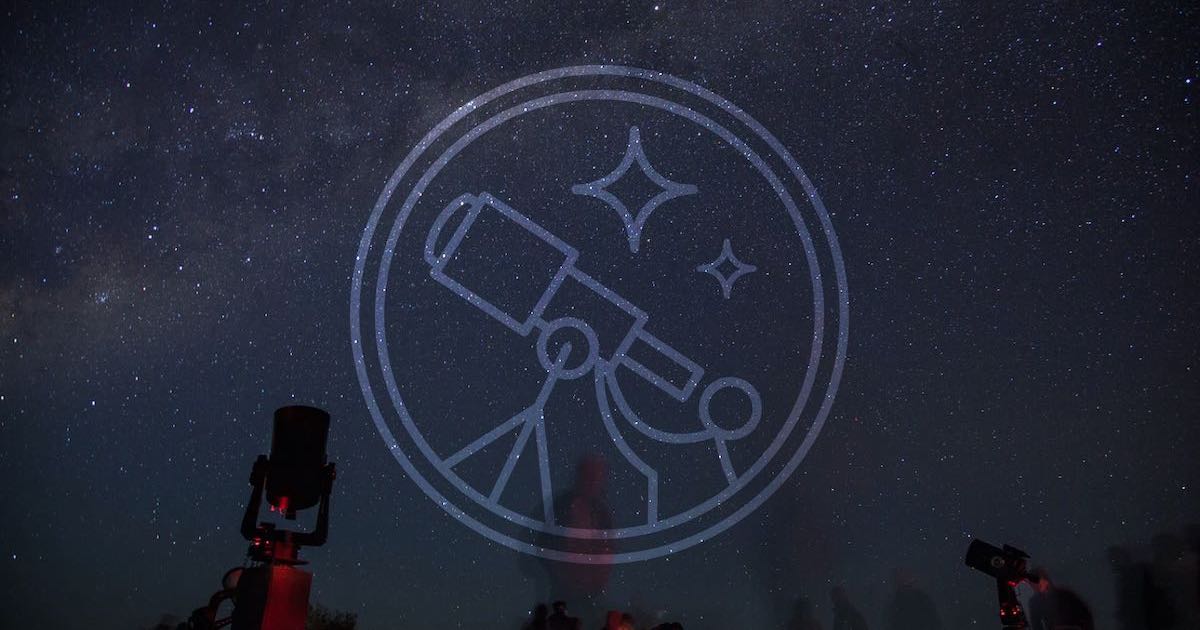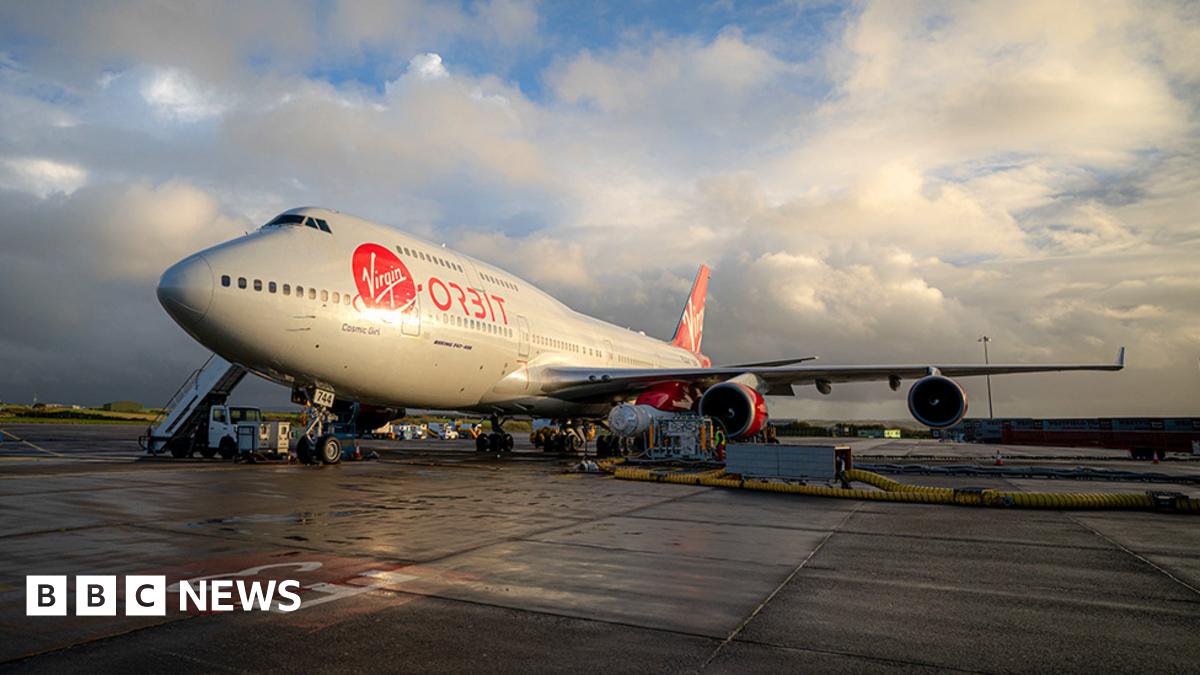Soldato
- Joined
- 25 Sep 2012
- Posts
- 3,213
Great site cheers!
Find the best dark sites in the UK
Find great places to stargaze on our dark sky sites location mapgostargazing.co.uk
Great site cheers!
Find the best dark sites in the UK
Find great places to stargaze on our dark sky sites location mapgostargazing.co.uk

Indeed it is, but it would probably be better posted in...Information about how people can watch the first orbital space launch from the UK has been released.
The Start Me Up mission will be livestreamed on Virgin Orbit's YouTube channel from 21:00 GMT on Monday.

Cornwall space launch viewing information released
The event, scheduled for Monday, will be livestreamed and all tickets available to the public have gone.www.bbc.co.uk
Thought this may be of interest to some folks
Caught a bit of that, interesting the lack of light saturation in poorer areas and in warzones, i had never thought about it before but seems obvious.The programme "2022: The year from space" is on C4 tonight at 7:30pm (hour and a half long). It looks interesting, it's looking at the Earth from space.
Indeed, but it would probably be better posted in...
** The Official Space Flight Thread - The Space Station and Beyond **
With the Space Shuttle program having ended many people have expressed a desire not to lose touch with missions into space. So here we are with one thread to cover: Missions Technology Research Anything else spaceflight related Now that Juno mission is on the way we can look forward...forums.overclockers.co.uk

Nice images! Are they with a webcam? As always; details!
Random image of the day:

Because, you know, i can totally understand having 42" of aperture to look at something as dim as... THE SUN?!
Just imagine if something flew through the film... that's one way to make a nice 1.25" diameter hole your skull
Matches our ability to crash land probes on on a planetsBugger

Venus and Jupiter on show earlier tonight, closest for decades apparently, visible tomorrow night also. Very clear and bright in the sky.

Fingers crossed for a clearer night tomorrow!Less than a moon's width apart, and I'm completely clouded out.
Moon close by? I think I saw that. Anyone get a glimpse of the famed aurora they kept talking about on the news? Kept taking a look out the north window every so often last night but permanently cloudy/orange hazeVenus and Jupiter on show earlier tonight, closest for decades apparently, visible tomorrow night also. Very clear and bright in the sky.
Thought that might be what I could see earlier and remarked how close they were. I'm sure I saw them less than a week ago but much further apart in the sky? Hadn't realised they came together so quickly.
Thanks for this, really interesting. So if I'm following that site correctly they crossed over a week or so ago and would have been closer still? Or does it only look that way as it's a top down 2D view?If you have a look at that site you can imagine how it translates into the view you see when looking out from Earth - with the combined movements of our planet, Venus and Jupiter together it shows why the ancients could pick them out amongst the stars so easily as being different. Even the moon moves 20 times its diameter each night in the sky making its orbit.
Thanks for this, really interesting. So if I'm following that site correctly they crossed over a week or so ago and would have been closer still? Or does it only look that way as it's a top down 2D view?
This is the first time I've popped into this thread so hopefully I'm not making a fool of myself.
Ah I really should have clocked those perfect ring orbits.... bare in mind that diagram isn’t to scale, so it’s not EXACTLY how you’d see them moving in the sky...
Also I'd say it's rare for me not to be confused doing anything at 6amI almost missed Mars coming out the back of the moon because I was looking at the wrong side, it was confusing me at 6am…

It’s still heliocentric, just easier to picture where you’re seeing out in the sky.Ah I really should have clocked those perfect ring orbits.
Think I'm getting my head around the website having looked at it a bit more, the geocentric view seems a good one to show it. Looks like Mercury and Saturn are also very close at the moment based on that, are they also visible at any point?
Gotcha, that makes sense. Thanks for taking the time to explain it all.It’s still heliocentric, just easier to picture where you’re seeing out in the sky.
So yes they will be close together, but mercury is always tricky to see as it’s close to the sun, and although Saturn is a bit further away they’re setting before the sun does so it’s still daylight.
Honestly didn't notice the moonMoon close by? I think I saw that. Anyone get a glimpse of the famed aurora they kept talking about on the news? Kept taking a look out the north window every so often last night but permanently cloudy/orange haze

